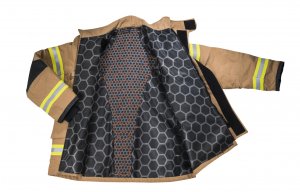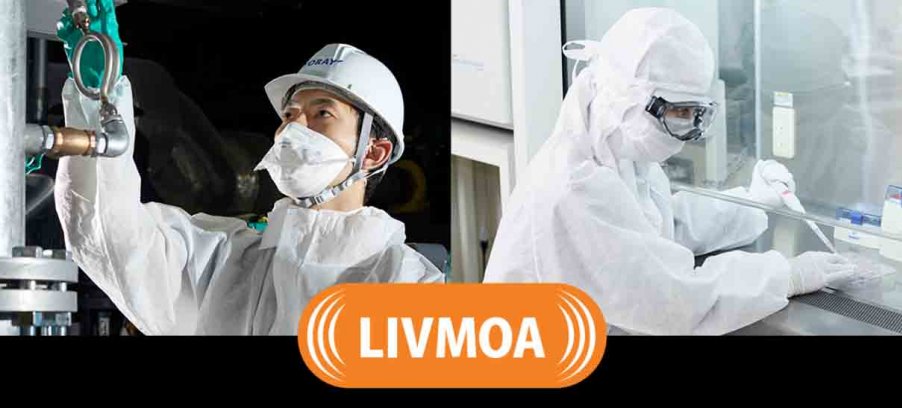
Patented Topaz FX for effective protection
Fabric offers greater air permeability than items with equivalent dust protection.

10th June 2021
Innovation in Textiles
|
Japan
Thermal resistance testing has confirmed that the fabric in Livmoa 3000, the highly breathable disposable personal protective clothing developed by Japan’s Toray Industries, reduces heat stress.
Protective clothing normally increases such stress because it shields the body from its surroundings, impeding heat release. Hot environments in which the risks of heat stroke are high make it hard to dissipate body heat from temperature differences with the surroundings, so perspiration becomes the prime means for cooling.
Evaporative thermal resistance testing looks at the ease with which perspiration evaporates and the impact on heat stress.
In testing supervised by assistant professor Tomonori Sakoi of Shinshu University’s Faculty of Textile Science and Technology, it was found that the Wet Bulb Globe Temperature (WGBT) index – a benchmark for heat stress – showed a corrected value of 0° for Livmoa 3000, the same as for regular clothing, and that the Toray fabric lowers heat stress more during work than general-purpose protective clothing. The fabric also offers greater air permeability than items with equivalent dust protection capabilities and is better than counterparts at lowering heat stress when work movements generate air flows inside the garment.
The company therefore believes that its apparel can help guard against heat stroke.

Business intelligence for the fibre, textiles and apparel industries: technologies, innovations, markets, investments, trade policy, sourcing, strategy...
Find out more